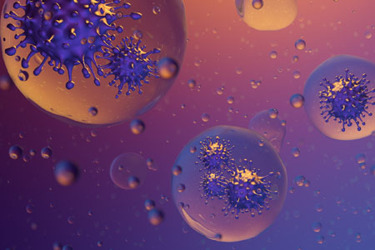SARS-CoV-2 Impact To Biological Drug Products Safety
By Axel Fun, Ph.D., Senior Scientist, Biosafety Testing Services, Glasgow, U.K. and Sarah Sheridan, Ph.D., Technical Consultant, Biosafety Testing Services, Glasgow, U.K

The current global pandemic of coronavirus disease 2019 (COVID-19), is caused by a newly identified coronavirus (now classified as SARS-CoV-2). Currently, four genera of coronaviruses are recognized: Alphacoronaviruses, Betacoronaviruses, Gammacoronaviruses and Deltacoronaviruses. Alpha- and Betacoronaviruses generally infect mammals whereas Gamma- and Deltacoronaviruses are primarily found in birds. Whole genome sequence analysis places SARS-CoV-2 in the genus of Betacoronaviruses alongside severe acute respiratory syndrome coronavirus (SARS-CoV, now classified as SARS-CoV-1, the etiological agent responsible for the SARS epidemic 18 years ago), Middle East respiratory syndrome coronavirus (MERS-CoV) and SARS-like bat coronavirus1. This analysis revealed that SARS-CoV-2 has highest sequence similarity with SARS-like bat coronavirus and that SARS-CoV-2 is more closely related to SARS-CoV-1 than to MERS-CoV.
It is our assessment that our regulatory compliant in vitro assays using Vero detector cells are a suitable method for the detection of adventitious SARS-CoV-2 in biological samples. We are also prioritizing the implementation of a GMP-compliant PCR assay for the detection of SARS-CoV-2 and offering GMP-compliant NGS analysis for broad spectrum adventitious agent screening as part of our testing packages.
As with any known or new/emerging viruses, a comprehensive testing strategy is required to address the risk of adventitious viruses through the production process, from starting materials to bulk harvest, and as identified through a virus safety risk assessment. This technical note is comprised of a review of currently available literature and our recommended SARS-CoV-2 virus detection test methods and susceptibility of common biological host cells to infection.
Get unlimited access to:
Enter your credentials below to log in. Not yet a member of Bioprocess Online? Subscribe today.
